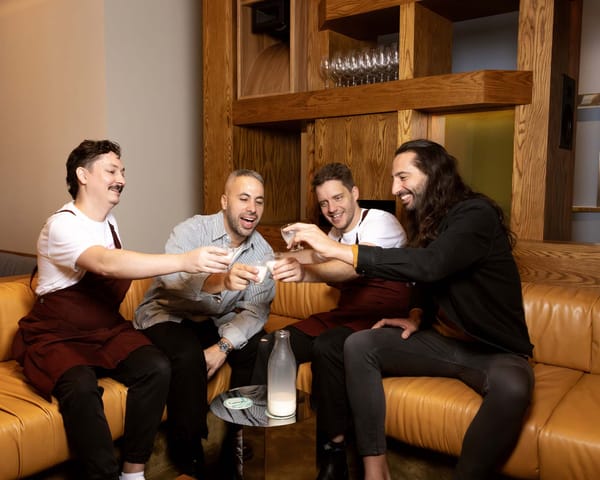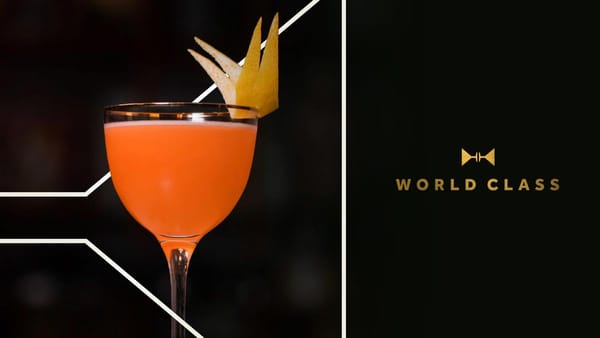Product Dive: how Elijah Craig Rye is made, some history, and more
A (very) brief history, some mythbusting, and tasting notes.
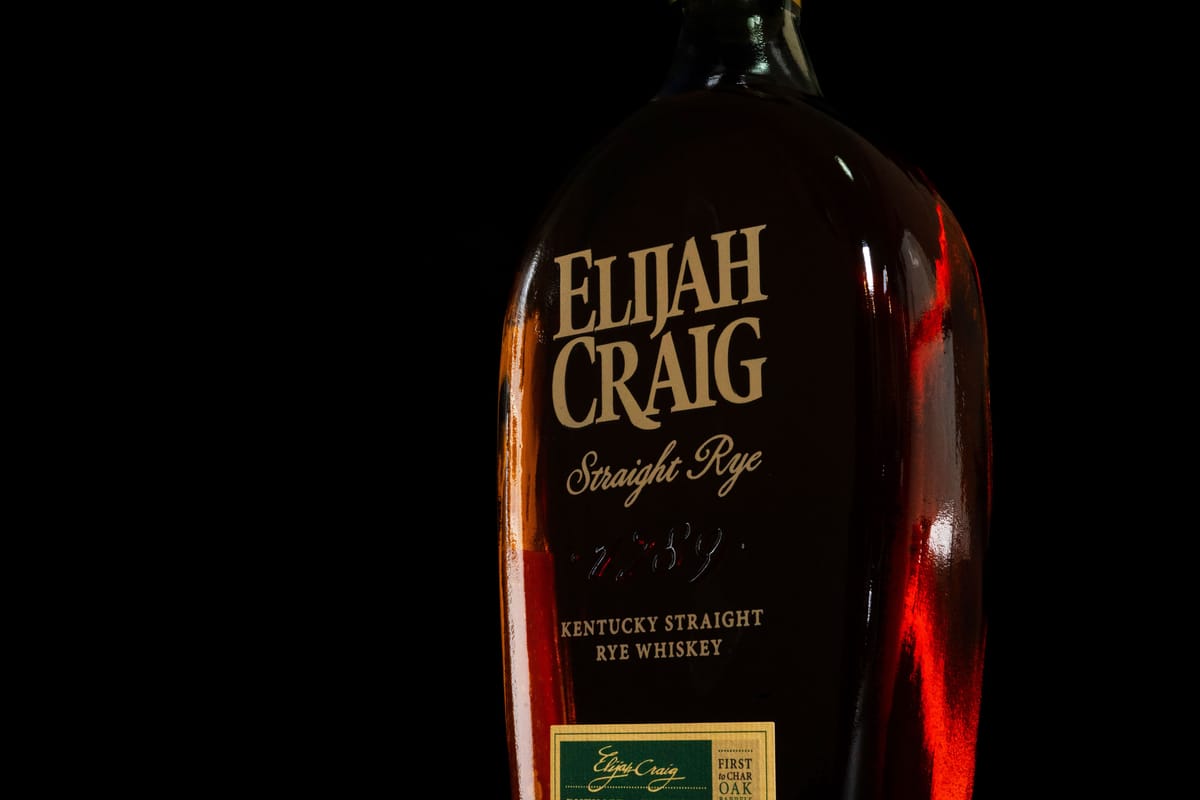
Welcome to the Boothby Product Dive, an in-depth look at one bottle of note. Whilst Elijah Craig sponsors this story, the editorial is Boothby’s own.
Over the last 20 years, there has been a boom in demand for American whiskey, largely driven by a thirst for bourbon of all shapes and sizes: limited edition releases, small batch, barrel proof, you name it. But in that time, it has been bartenders — and their need for rye whiskey in classic cocktails — that has seen new rye whiskey releases landing every year.
Into that world comes Elijah Craig Rye, which launched in 2020 in the USA and now finds its way to Australia through Amber Beverage Australia. It’s the first rye whiskey to be bottled under the Elijah Craig label.
Below, we’ll take a look at the context around this release, a little of the history (and myth) behind Elijah Craig and rye whiskey, and more.
Let’s dive into it.
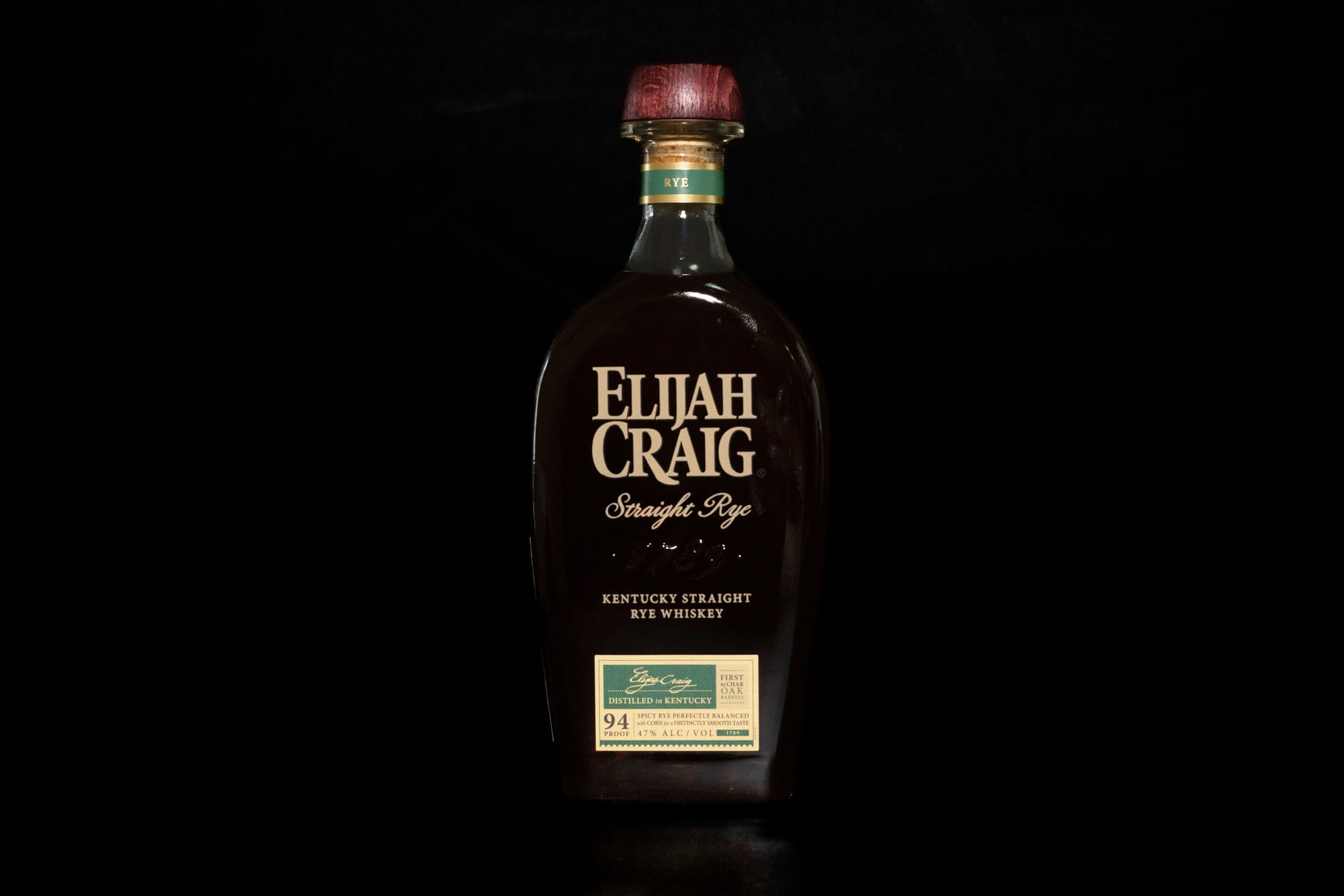
The context
The brand is named for its founder, Elijah Craig, who was a baptist preacher in Kentucky in the late 1700s — and one who apparently had a knack for distilling whiskey. Craig is also commonly — and likely, erroneously — known as the father of bourbon, because it’s claimed he was the first distiller to age his whiskey in charred barrels, the defining characteristic of bourbon whiskey making. Whether that’s true or not depends on who you want to believe, but the practice of charring or toasting barrels had been employed in the making of brandy in France for hundreds of years by that point, and other distillers with now-famous names had moved into the Kentucky region before Craig. Indeed, this idea of Craig as the original inventor of bourbon is “too fantastic to be true,” according to Fred Minnick’s book, Bourbon: The Rise, Fall, and Rebirth of an American Whiskey.
“Mentions of Craig’s bourbon invention increased in the 1960s,” he writes, “when the industry was campaigning to make bourbon a unique product of the United States. From 1958 to 1968, the Bourbon Institute executed a public-relations campaign using the Craig legend constantly, sating Craig invented bourbon on April 30, 1789, the same day as President George Washington was sworn into office.
“The legend was invented to promote the bourbon industry. Fortunately for the distillers, the internet didn’t exist in 1964 and they could get away with the fib.”
The truth is always a little hard to get at when it comes to spirits, so why not sell them a good story, right?
Regardless of the back story, the whiskey is good. Elijah Craig’s bourbons have been found on back bars a long time, but this rye whiskey is new to Australian shores, having been launched in the USA in 2020.
It was called a top 10 whisky in 2020 by Whisky Advocate, and picked up double gold in 2021 and 2022 at the San Francisco World Spirits Competition.
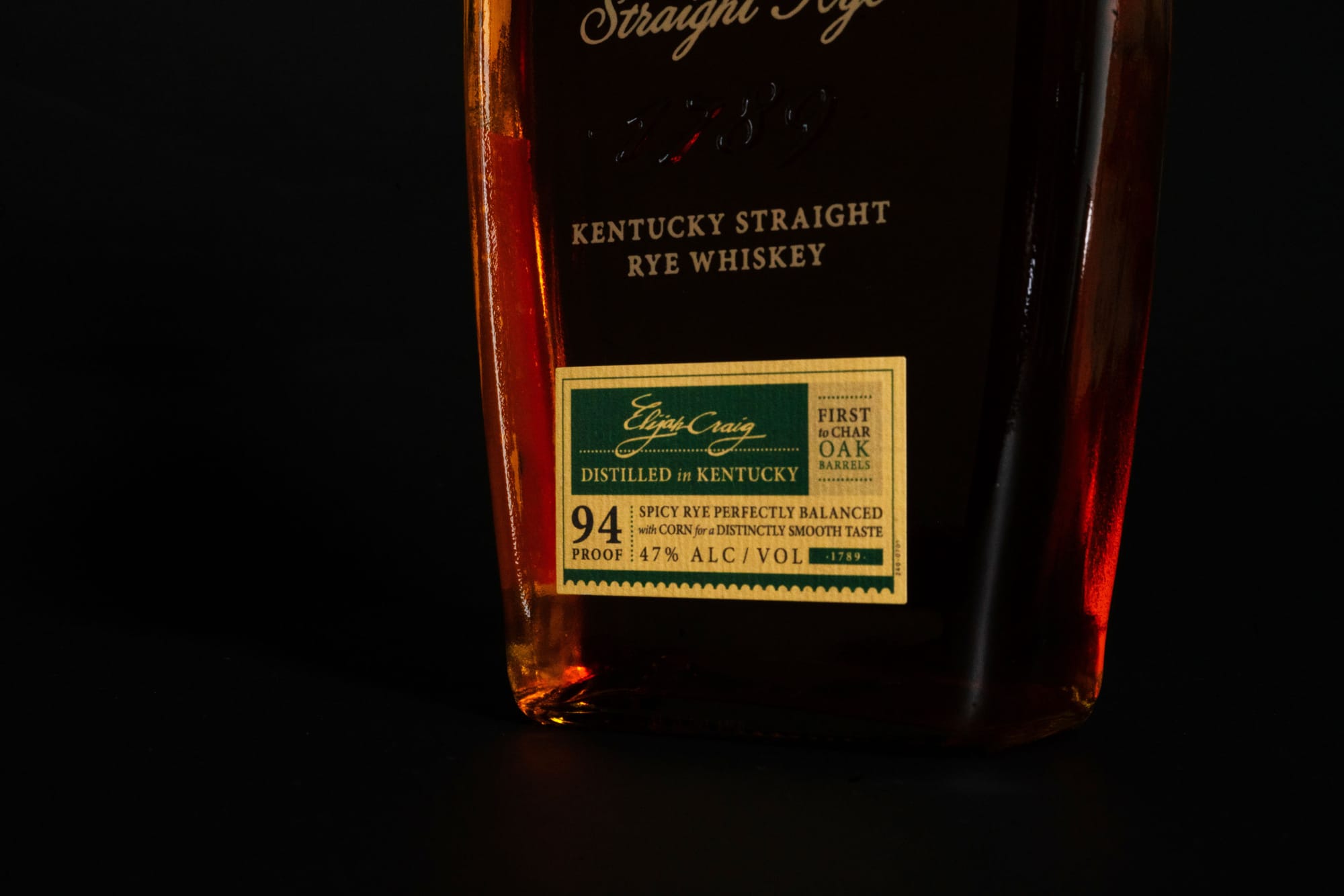
A (very) brief history of rye whiskey
Americans were drinking whiskey back in the second half of the 1700s, but the most common style at the time was not bourbon (as it would come to be in the 1800s), but rye whiskey.
When the New World of America was being populated by Europeans, they brought with them grains, like rye, a common cereal crop. It grew better there than barley did. In the 1700s, as the population embraced homegrown whiskeys, they were often drinking one of two styles of rye whiskey: Pennsylvania (or Monongahela) rye whiskey, and Maryland rye. Pennsylvania ryes tended to be spicy and full bodied with a high rye content, whereas Maryland rye was often softer, more rounded, with around 65 percent of the mash bill being rye and the rest using corn.
But following the revolutionary war and the creation of the republic in the 1780s, and as some distillers moved to lands in Kentucky, the use of corn for distilling became more common, with the mellower whiskeys finding favour back in the northeast of the country.
After prohibition in the 1930s, and throughout that century, rye increasingly fell out of favour. Bartending in the 2000s in Australia, you’d be hard pressed to find rye whiskey anywhere.
But that changed thanks to the classic cocktail renaissance that got underway and spread around the world. The unearthing of long lost classic cocktail recipes — like the Remember The Maine, say, or the Old Pal — and a new appreciation of classics like the Manhattan meant that any bartender worth their tins required rye whiskey.
How is Elijah Craig Rye made?
Elijah Craig whiskeys are made at the Heaven Hill Bernheim Distillery in Louisville, Kentucky, along with a number of their other brands.
The mash bill consists of 51 percent rye, 35 percent corn, and 14 percent malted barley, and the new make spirit is aged in barrels that have been fired with a level three char (around 40 seconds), in open air rickhouses. It’s bottled at 47 percent ABV.
Tasting notes
What they say: The colour is medium chestnut. There are aromas of dark chocolate with spices and a hint of smoke. On the palate, flavours of rich baking spices and honey baked up with smooth oak influence. The finish is long and lingering.
What we say:
The nose: From the drop, it’s clear there’s rye here — but it’s fuller, richer, with dark caramel notes, apples, spice.
The palate: That all leads to a full, rich palate, fruity characters girded by toasty oak flavours, butterscotch, citrus, leading to a long and yes, lingering finish.
The finish: The sweeter flavours are nicely dried out on that finish, the spicy rye character is counterbalanced by a generous palate, it’s full and round and very good value rye.
Our conclusion: It’s distinctive enough to be identified as rye, but well balanced and at 47 percent ABV, a smart pick for cocktails. Old Fashioned, Manhattans — yes please.
How to mix with it?
Rye whiskey really is the go to for many American drinks. Many a bartender will tell you that the Manhattan is better with rye, and was originally formulated that way. The Old Pal here is the only Negroni variation you’ll need, this Rattlesnake recipe is an absinthe-accented Sour built upon rye, and this Buffalo Fizz, from the Hoffman House Bartenders Guide of 1905, sees the rye spice tamed by rich oloroso sherry.
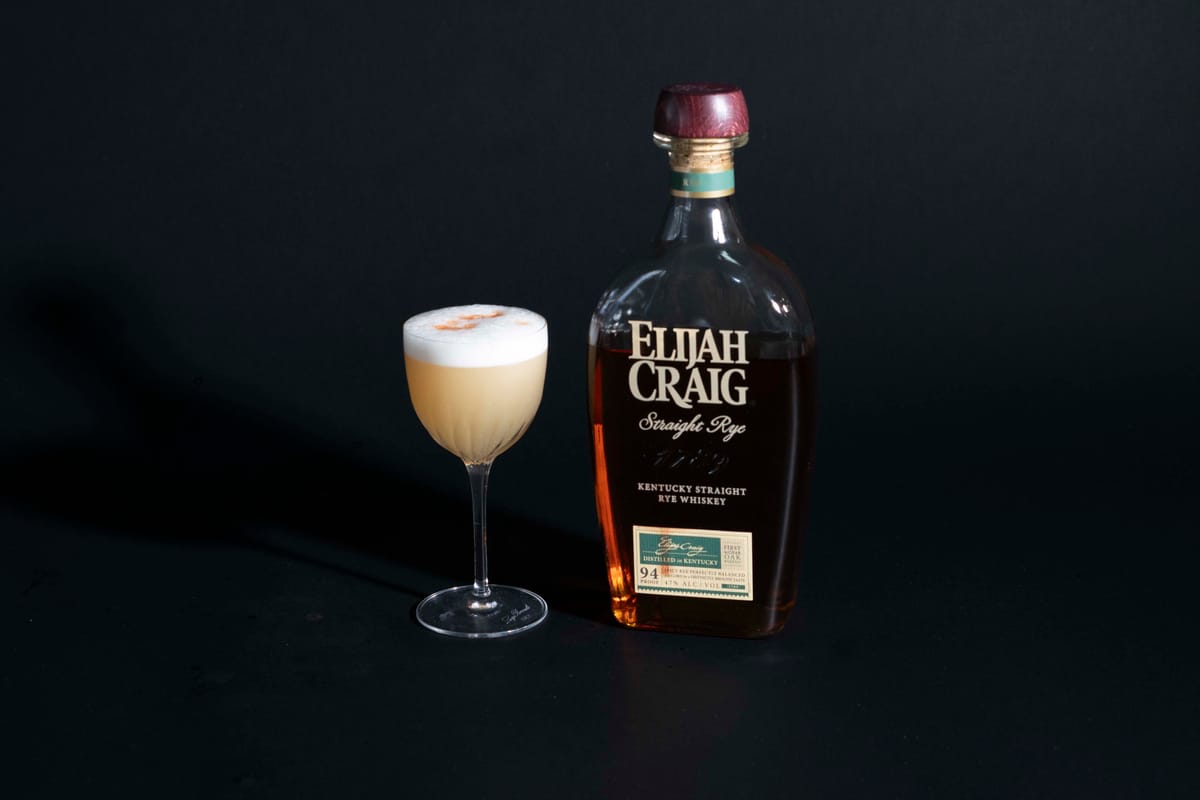
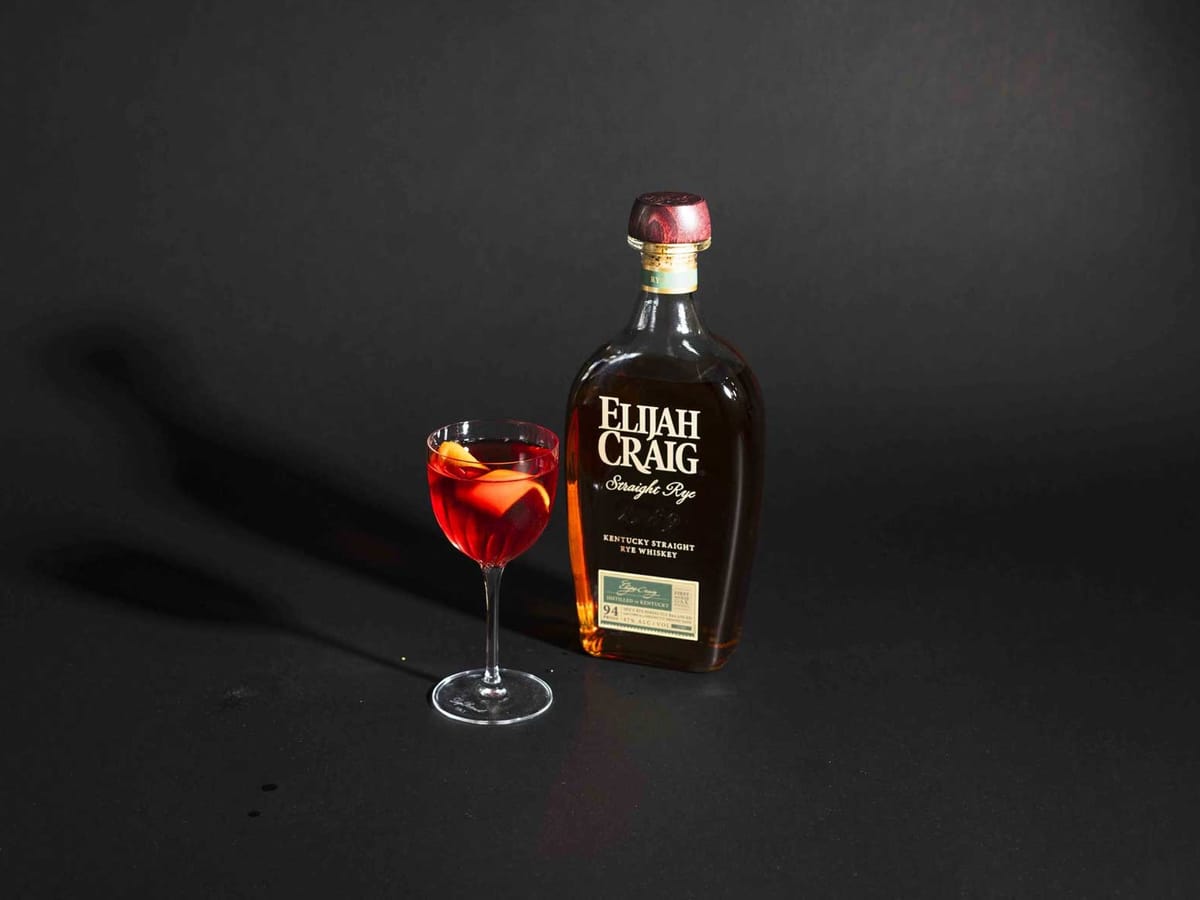
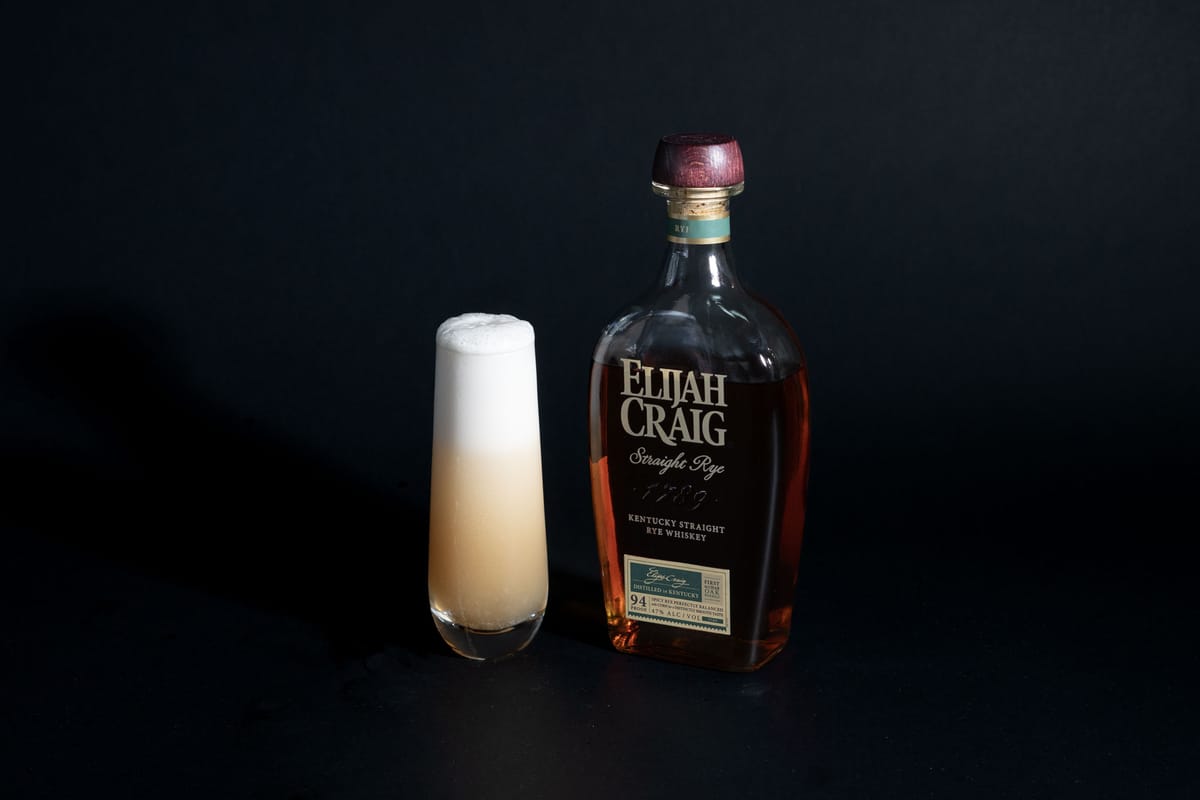
Want to learn more?
Elijah Craig Rye is now available through Amber Beverage Australia.



